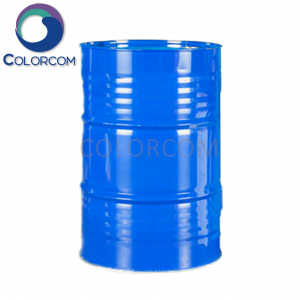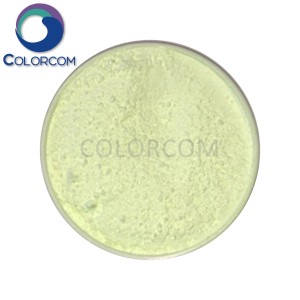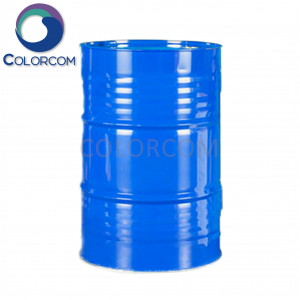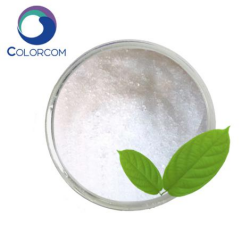Acetone | 67-64-1
Product Physical Data:
| Product Name |
Acetone |
| Properties |
Colorless, transparent and easy to flow liquid, with aromatic odor, very volatile |
| Melting Point(°C) |
-95 |
| Boiling Point(°C) |
56.5 |
| Relative density (Water=1) |
0.80 |
| Relative vapour density (air=1) |
2.00 |
| Saturated vapour pressure (kPa) |
24 |
| Heat of combustion (kJ/mol) |
-1788.7 |
| Critical temperature (°C) |
235.5 |
| Critical pressure (MPa) |
4.72 |
| Octanol/water partition coefficient |
-0.24 |
| Flash point (°C) |
-18 |
| Ignition temperature (°C) |
465 |
| Upper explosion limit (%) |
13.0 |
| Lower explosion limit (%) |
2.2 |
| Solubility | Miscible with water, miscible in ethanol, ether, chloroform, oils, hydrocarbons and other organic solvents. |
Product Properties:
1.Colorless volatile and flammable liquid, slightly aromatic. Acetone is miscible with water, ethanol, polyol, ester, ether, ketone, hydrocarbons, halogenated hydrocarbons and other polar and non-polar solvents. In addition to a few oils such as palm oil, almost all fats and oils can be dissolved. And it can dissolve cellulose, polymethacrylic acid, phenolic, polyester and many other resins. It has poor dissolving ability for epoxy resin, and is not easy to dissolve polyethylene, furan resin, polyvinylidene chloride and other resins. It is difficult to dissolve wormwood, rubber, asphalt and paraffin. This product is slightly toxic, if the vapour concentration is unknown or exceeds the exposure limit, suitable respirator should be worn. Unstable to sunlight, acids and bases. Low boiling point and volatile.
2.Flammable poisonous substance with medium toxicity. Mild poisoning has an irritating effect on the eyes and mucous membranes of the upper respiratory tract, and severe poisoning has symptoms such as fainting, convulsions, and the appearance of protein and red blood cells in the urine. When poisoning occurs in human body, leave the scene immediately, breathe fresh air, and send serious cases to hospital for rescue.
3.Acetone belongs to the low toxicity category, similar to ethanol. It mainly has anaesthetic effect on central nervous system, inhalation of vapour can cause headache, blurred vision, vomiting and other symptoms, the olfactory limit in the air is 3.80mg/m3. Multiple contact with mucous membranes of eyes, nose and tongue can cause inflammation. When the concentration of vapour is 9488mg/m3, 60 minutes later, it will present poisoning symptoms such as headache, irritation of bronchial tubes and unconsciousness. Olfactory threshold concentration 1.2~2.44mg/m3.TJ36-79 stipulates that the maximum permissible concentration in the air of workshop is 360mg/m3.
4.Stability: Stable
5.Prohibited substances: Strong oxidants, strong reducing agents, bases
6.Polymerisation hazard: Non-polymerisation
Product Application:
1.Acetone is a representative low-boiling point, fast-drying polar solvent. In addition to being used as a solvent for paints, varnishes, nitro spray paints, etc., it is also used as a solvent and paint stripper in the manufacture of cellulose, cellulose acetate, and photographic film. Acetone can extract a variety of vitamins and hormones and petroleum dewaxing. Acetone is also an important chemical raw material for the manufacture of acetic anhydride, methyl methacrylate, bisphenol A, isopropylidene acetone, methyl isobutyl ketone, hexylene glycol, chloroform, iodoform, epoxy resins, vitamin C and so on. And used as extractant, diluent and so on.
2.Used in the production of organic glass monomer, bisphenol A, diacetone alcohol, hexylene glycol, methyl isobutyl ketone, methyl isobutyl methanol, ketone, isophorone, chloroform, iodoform and other important organic chemical raw materials. In paint, acetate fibre spinning process, cylinder storage of acetylene, oil refining industry dewaxing, etc. used as an excellent solvent. In the pharmaceutical industry, is one of the raw materials of vitamin C and anaesthetics sofona, also used as a variety of vitamins and hormones in the production process of the extractant. In the pesticide industry, acetone is one of the raw materials for the synthesis of acrylic pyrethroids.
3.Used as an analytical reagent, such as as a solvent. Used as chromatography derivative reagent and liquid chromatography eluent.
4.Used in the electronics industry, commonly used as a cleaning agent to remove oil.
5.Commonly used as vinyl resin, acrylic resin, alkyd paint, cellulose acetate and a variety of adhesive solvents. It is also widely used in the manufacture of cellulose acetate, film, film and plastic, and is also the raw material for the production of methyl methacrylate, methyl isobutyl ketone, bisphenol A, acetic anhydride, vinyl ketone and furan resin.
6.Can be used as a diluent, detergent and vitamins, hormones extractant.
7.It is a basic organic raw material and low boiling point solvent.
Product Storage Notes:
1.Store in a cool, ventilated warehouse.
2.Keep away from fire and heat source.
3.The storage temperature should not exceed 35°C.
4.Keep the container sealed.
5.It should be stored separately from oxidising agents, reducing agents and alkalis, and should never be mixed.
6.Use explosion-proof lighting and ventilation facilities.
7.Prohibit the use of mechanical equipment and tools that are easy to generate sparks.
8.The storage area should be equipped with leakage emergency treatment equipment and suitable shelter materials.
9.All containers should be placed on the ground. However, long-stored and recycled acetone often has acidic impurities present and is corrosive to metals.
10.Packed in 200L(53USgal) iron drums, net weight 160kg per drum, the inside of the drum should be clean and dry. It should be clean and dry inside the iron drum, prevent from violent impact when loading, unloading and transporting, and prevent from sunshine and rain.
11.Store and transport according to the fire and explosion-proof chemical regulations.









